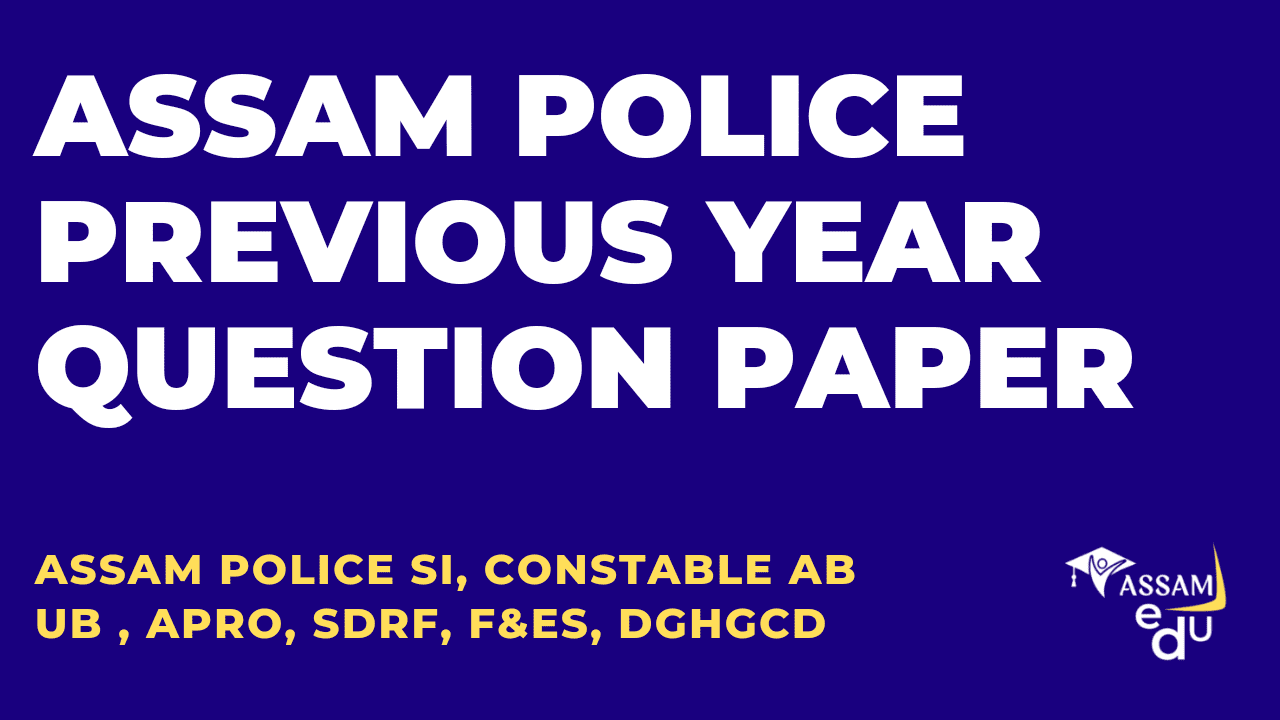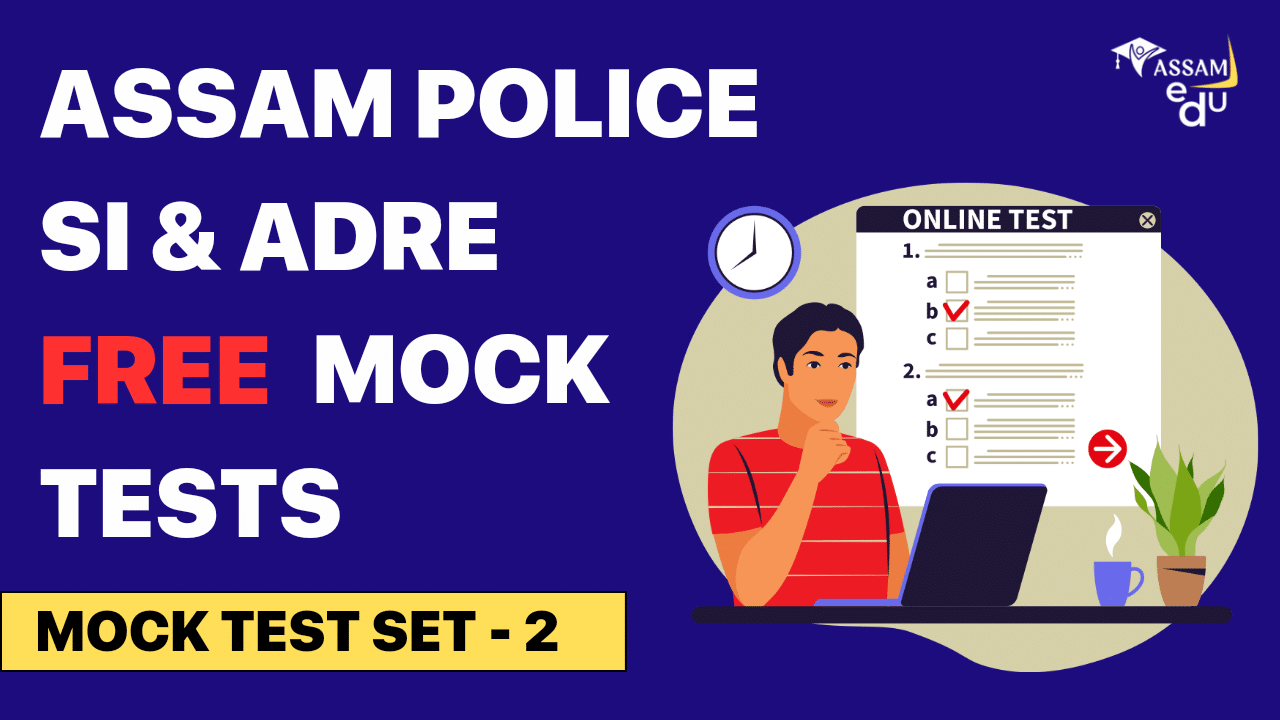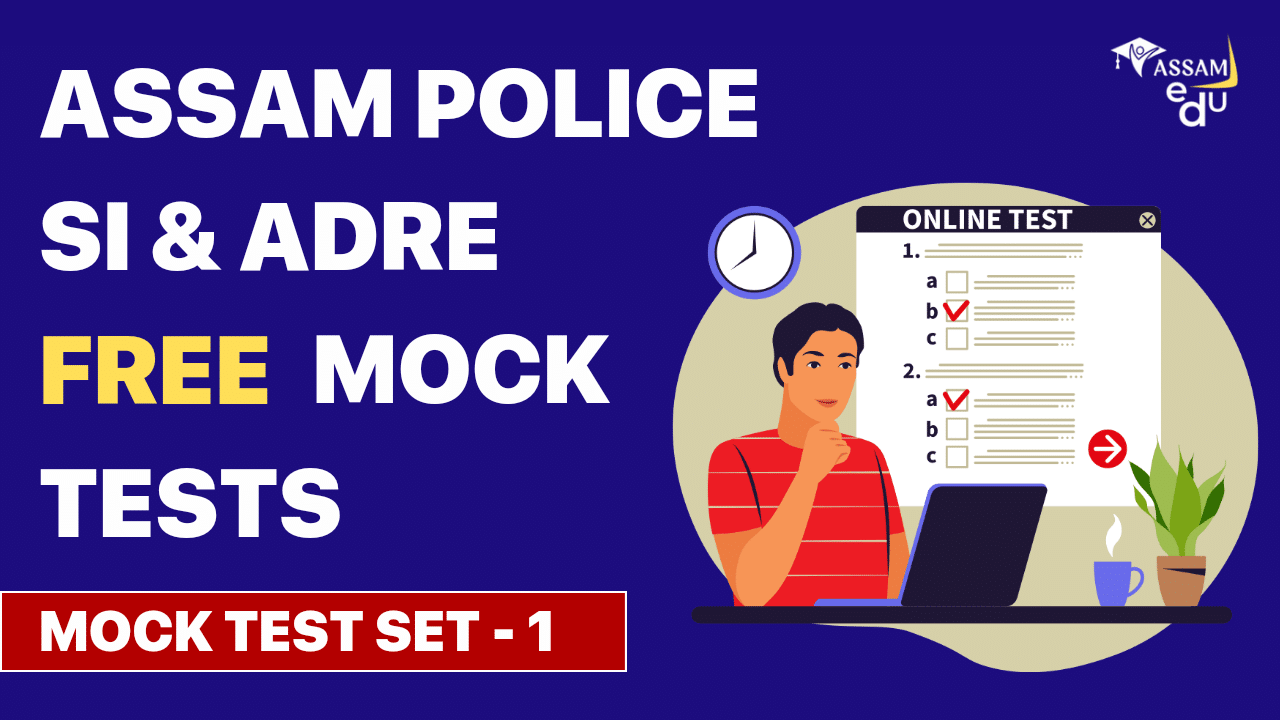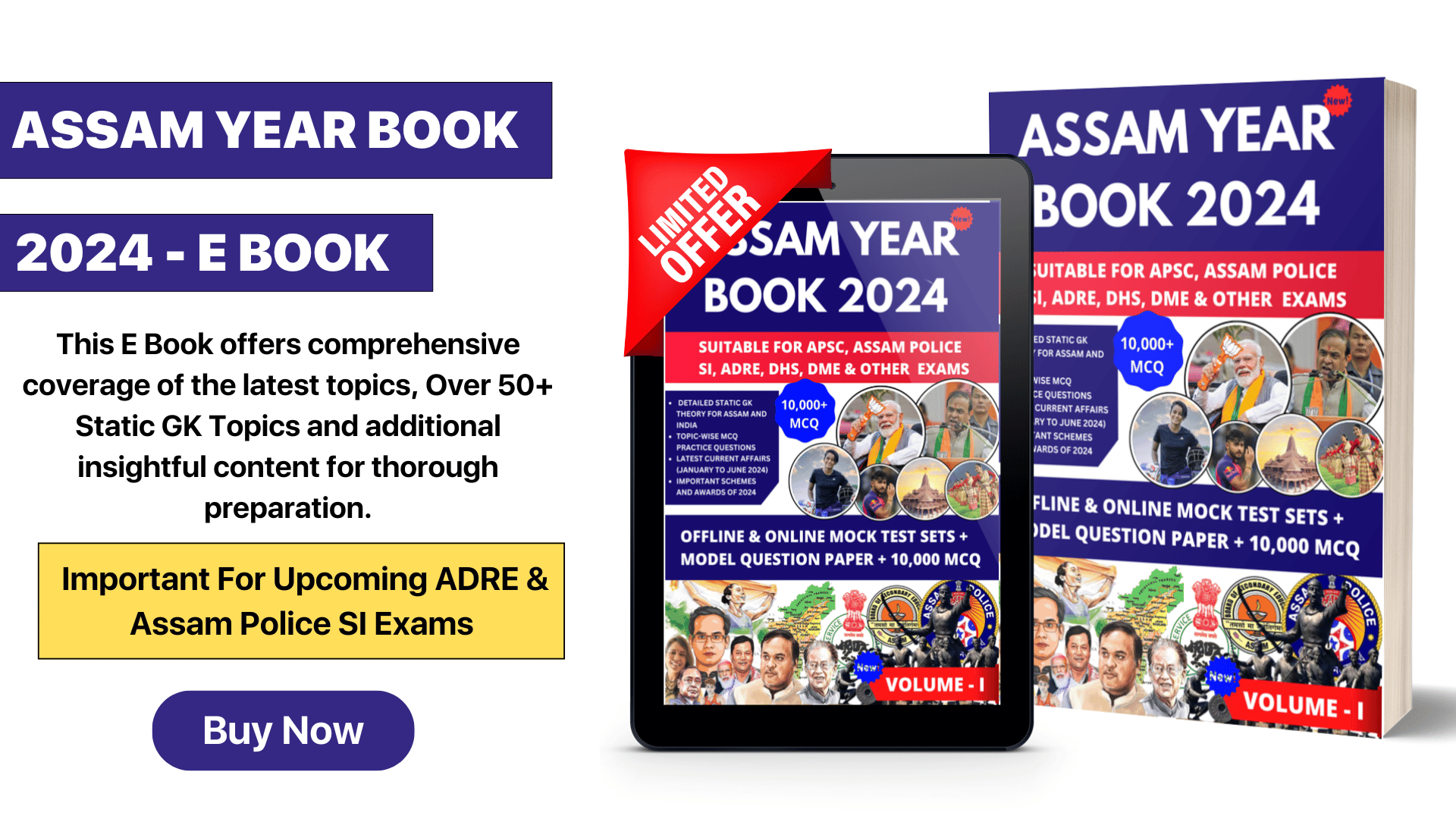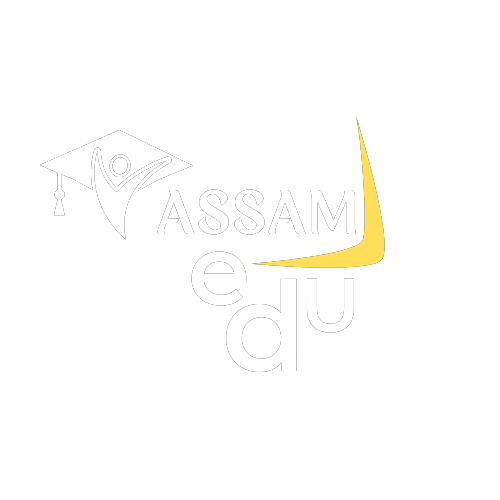
Demography of Assam : Human beings are the most important resource of a place. All other natural resources remain unutilised in the absence of human beings. The structured study of statistics of human beings of a particular place, such as births, deaths. income, age-sex ,composition, education. ethnicity, language and religion., which illustrate the changing structure of human population, is called demography.
POPULATION GROWTH
The population of Assam has been growing at a notable rate since 1940s. In 1901, the population of Assam was estimated to be 3.29 million, which rose 0 6.70 million in 1941. With the partition of country in 1947, the creation of Bangladesh in 1971 and the subsequent influx of refugees from Bangladesh ( East Pakistan), its population increased drastically to 14.63 million in 1971.
The region has been continuously intruded by illegal immigrant’s from Bangladesh and the population of the region rose to 12.41 million in 1991.
The 2011 census states that the population of Assam is 31.17 million. There has been a 16.93 percent growth rate of population in Assam during the last decade. With this rate, the population of Assam is expected to cross 34 million by 2021. The lowest population growth rate has been registered in Eastern Assam district of Jorhat and Sivasagar.
POPULATION COMPOSITION

The people of Assam are mix of Indo Aryans, ‘ Tibeto-Burman and Australoid races . The overall literacy rate in Assam was 73.18 percent according to 2011 census. Gender wise, the male literacy rate was 78.81 percent whereas that of female was 67.27 percent. This was positive increase since the 2001 census which had the comparative figures of 63.3 percent as Overall literacy rate while gender wise literacy rate were were 71.3 percent and 54.6 Percent for males and females respectively.
The sex ratio of Assam According to the 2021 census data is 958 females per thousand males. The Schedule tribe comprise 12.4 percent of Assamese population while Bodos comprise 40 percent. The population is composed of numerous ethnic groups like Assamese Brahmins, Akioms, Sutiyas,Dimasas. Karbis, Assamese Kayasthas, Kacharis, Santhals, Koch Rajbongshis, Rabhas. Tiwas, Tree Tribes, Tai Phakes, lxptorans, Motoks, and Hiras.
POPULATION DISTRIBUTION
The population of Assam is almost uniformly distributed. However, there are some regions or places where concentration of population is more than other regions of the state. Regions like Kamrup,Nagaon, Sonitpur, Barpeta, Dhubri, Darrang, and Cachar are heavily populated. Although Dispur is the political capital of the state, Guwahati is its economic capital. Guwahati is the largest and the most populated city of Assam. While Dispur is home to less than 10,000 people, Guwahati accommodates more than ten lakh residents. Some of the religious minority dominated districts are Goalpara, Dhubri, Morigaon, Hailakandi and Barpeta.
RELIGIONS
The State of Assam has a Hindu majority population, Comprising 61.47 percent of the total population According to the 2011 Census. Muslims comprise 34.22 percent of Assamese population. Christianity is mainly followed by Scheduled tribes(ST). Some other religions followed in the state are Buddhism,Sikhism etc..

TRIBAL GROUPS OF ASSAM
According to the 2001 census, Scheduled Tribes comprised 12.4 percent of the total Assamese population. The Constitution of India has categorized the tribes of Assam into two major groups Scheduled Tribes (Hills) and Scheduled Tribes (Plains).
Bodo Kachari Tribe :
Bodo Kachari Tribe is an agrarian tribe settled in plains and valleys of Assam.They are expert in cane and bamboo craft. Weaving is also an integral part of Bodo culture.
Mishing tribe or miris :
Mishing tribe or miris is the second tribe of Assam settled riverine areas. They are expert in fishing, hunting and weaving.
Deori tribe :
Deori tribe belongs to the sutiya lineage and is also referred to as priestly tribe. They are mainly dwellers with agriculture as the main source of income.
Rabha tribe :
Rabha tribe mostly resides in kamrup, Darrang and Goalpara region of the state. Thy are engaged in agriculture and are also expert weavers.
Tiwa or lalung tribe :
Tiwa or lalung tribe is a Tibeto-Burmese tribe settled in Nagao district of Assam. They cultivate land but are also expert in fishing and hunting.
LANGUAGES
The principal languages of the state of Assam are Assamese,Bengali and bodo. Assamese is one of the 23 Official languages recognized by the Government of India.
Assamese is the most widely spoken language in the state while Bangali is the second most spoken languages in the state. Some other languages used in the state are Hindi, Nepali, Mishing, Karbi, Deori, Santali, Kurish, Odia and some other native languages.



